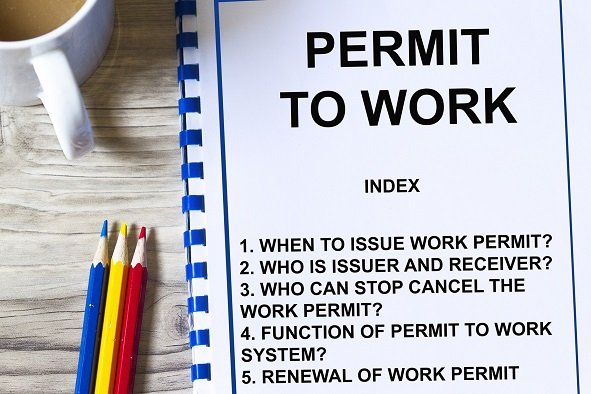Noise and Vibration Hazards – 12 Modules | One Day USD: 150/- and Two Day USD: 250/- Per Pax.
Description
Module 1: Introduction to Noise and Vibration Hazards
- Definition and types of noise and vibration hazards
- Importance of controlling exposure for health and productivity
- Regulatory frameworks (OSHA, ISO 45001, local standards)
Module 2: Sources of Noise and Vibration
- Industrial machinery, construction equipment, power tools
- Transportation and heavy vehicles
- Environmental and workplace sources
Module 3: Health Effects of Noise Exposure
- Hearing loss, tinnitus, and auditory fatigue
- Non-auditory effects: stress, cardiovascular problems, sleep disturbance
- Long-term vs. short-term impacts
Module 4: Health Effects of Vibration Exposure
- Hand-arm vibration syndrome (HAVS)
- Whole-body vibration effects: musculoskeletal and spinal disorders
- Symptoms and early warning signs
Module 5: Exposure Assessment and Monitoring
- Noise measurement tools: sound level meters, dosimeters
- Vibration measurement devices: accelerometers
- Recording, analyzing, and interpreting data
Module 6: Regulatory Standards and Compliance
- Permissible exposure limits (PELs) for noise and vibration
- National and international regulations
- Documentation and reporting requirements
Module 7: Control Measures for Noise Hazards
- Engineering controls: enclosures, mufflers, and dampeners
- Administrative controls: shift rotation, rest breaks
- Personal protective equipment (earplugs, earmuffs)
Module 8: Control Measures for Vibration Hazards
- Tool and equipment design modifications
- Anti-vibration gloves and seat cushions
- Work practice adjustments to reduce exposure
Module 9: Personal Protective Equipment (PPE)
- Selection and proper use for noise and vibration hazards
- Maintenance and replacement schedules
- Integration with overall workplace safety program
Module 10: Employee Training and Awareness
- Educating employees about risks and safe practices
- Recognizing early symptoms of exposure
- Encouraging reporting and adherence to controls
Module 11: Emergency Response and Risk Mitigation
- Handling sudden high-noise or vibration incidents
- Preventive maintenance and regular inspections
- Coordination with occupational health services
Module 12: Continuous Improvement and Safety Culture
- Reviewing incidents and near misses
- Updating procedures and monitoring effectiveness
- Promoting a proactive culture of hearing and vibration safety
View more Courses
Hi, Welcome back!




